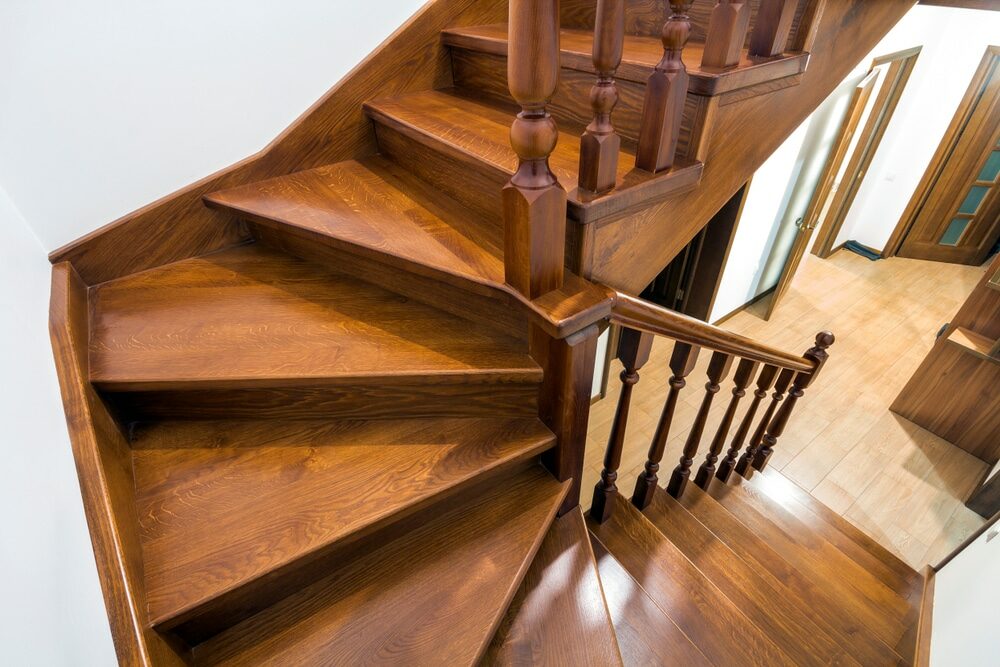Enhance Your Home with Solid Wood Stair Treads: A Comprehensive Guide
Stairs are not just a functional component of a home; they're also a design element that can elevate the aesthetic appeal of any space. While there are various materials to choose from when it comes to stair construction, solid wood treads remain a timeless and elegant choice. They offer a perfect blend of durability, beauty, and versatility, making them a preferred option for homeowners and designers alike. In this comprehensive guide, we delve into the world of Stairs Soild wood treads, exploring their benefits, types, installation process, and maintenance requirements.
Benefits of Solid Wood Stair Treads:
Durability: Solid wood treads are exceptionally durable and can withstand heavy foot traffic for decades when properly maintained. They are less prone to cracking, warping, or splintering compared to other materials like laminate or engineered wood.
Aesthetic Appeal: One of the most significant advantages of solid wood treads is their natural beauty and warmth. They add a touch of elegance and sophistication to any staircase, enhancing the overall ambiance of the space.
Versatility: Solid wood treads come in a wide range of wood species, finishes, and designs, allowing homeowners to choose the perfect match for their interior decor style. From traditional oak and maple to exotic options like Brazilian cherry or mahogany, there's a wood type to suit every taste and preference.
Customization: Unlike pre-fabricated stair treads, solid wood treads offer endless customization possibilities. They can be tailored to fit any staircase design, whether it's a straight, curved, or spiral configuration. Additionally, homeowners can choose the desired thickness, width, and edge profile to achieve a personalized look.
Types of Solid Wood Stair Treads:
Single-piece Treads: Also known as bullnose treads, single-piece treads are crafted from a single solid wood plank. They offer a seamless and uniform appearance, with rounded edges for a smooth transition between steps.
End-capped Treads: End-capped treads feature a solid wood top layer bonded to a plywood or MDF (Medium Density Fiberboard) core. This construction enhances stability while maintaining the natural beauty of solid wood on the surface.
Box Treads: Box treads consist of a solid wood tread and riser that are combined to form a single unit. They create a cohesive look and are ideal for open staircases where the sides of the treads are visible.
Installation Process:
Installing solid wood stair treads requires precision and attention to detail to ensure a safe and sturdy staircase. Here's a basic overview of the installation process:
Prepare the Staircase: Remove any existing tread coverings and thoroughly clean the staircase surface.
Measure and Cut: Measure the dimensions of each step and cut the solid wood treads accordingly, allowing for overhang and nosing if desired.
Install Treads: Apply construction adhesive to the stair stringers and carefully place the solid wood treads in position. Secure them in place using screws or nails from the underside of the tread.
Finish the Edges: If necessary, trim the edges of the treads to ensure a snug fit against the walls or balustrades.
Sand and Finish: Sand the surface of the treads to remove any imperfections and apply a protective finish, such as polyurethane or varnish, to enhance durability and preserve the natural beauty of the wood.
Maintenance Requirements:
To keep solid wood stair treads looking their best for years to come, regular maintenance is essential. Here are some tips to maintain their beauty and functionality:
Clean Regularly: Sweep or vacuum the treads regularly to remove dirt, dust, and debris. Use a damp cloth to wipe away any spills or stains immediately to prevent them from penetrating the wood.
Protect from Moisture: Avoid exposing solid wood treads to excessive moisture or humidity, as this can cause warping or swelling. Use mats or rugs in high-traffic areas to protect the wood from wear and tear.
Inspect for Damage: Periodically inspect the treads for signs of wear, cracks, or loose fittings. Repair any damage promptly to prevent further deterioration and ensure the safety of the staircase.
Refinish as Needed: Over time, the finish on solid wood treads may wear off due to foot traffic. When this occurs, sand the surface lightly and apply a fresh coat of finish to restore their luster and protection.
In conclusion, solid wood stair treads offer a winning combination of durability, beauty, and versatility, making them an excellent choice for homeowners looking to enhance the elegance and functionality of their staircase. Whether you prefer the classic appeal of oak or the exotic allure of mahogany, there's a solid wood option to suit every style and preference. By following proper installation and maintenance practices, you can enjoy the timeless charm and enduring quality of solid wood stair treads for years to come.

Comments
Post a Comment